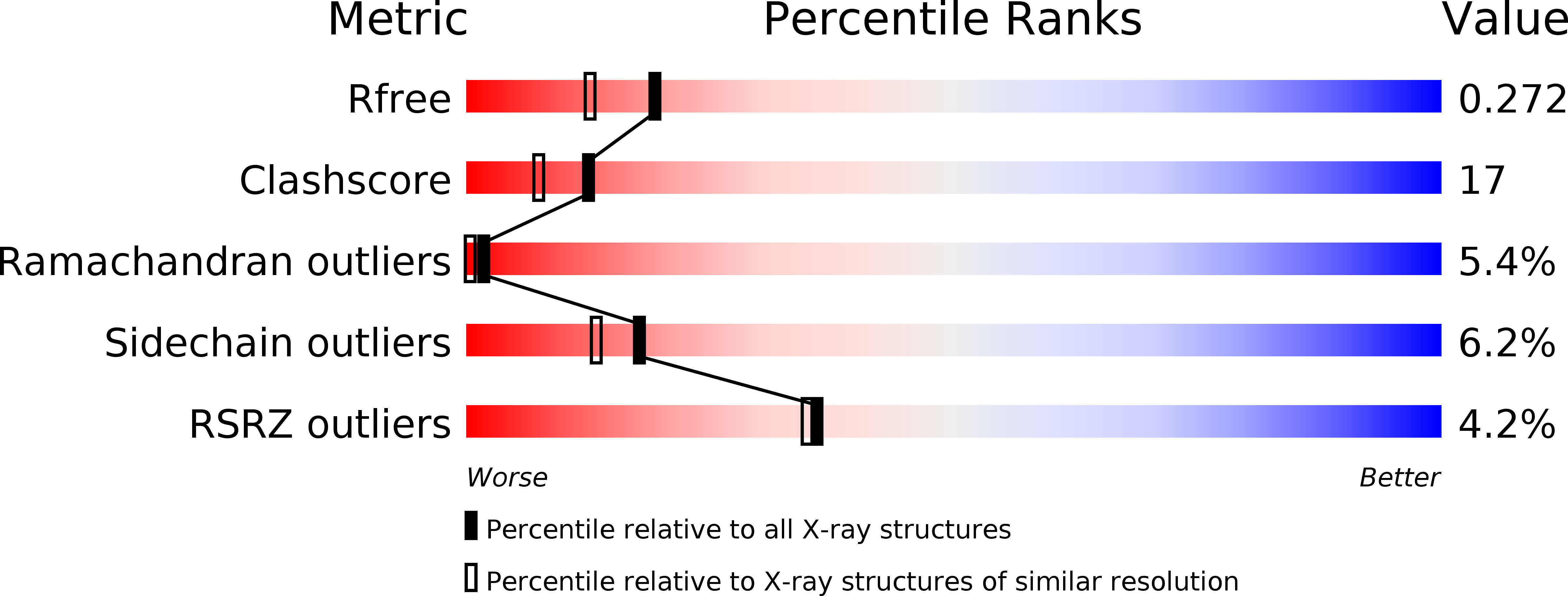
Deposition Date
2006-08-04
Release Date
2006-08-22
Last Version Date
2024-11-06
Entry Detail
Biological Source:
Source Organism:
Bacillus amyloliquefaciens (Taxon ID: 1390)
Host Organism:
Method Details:
Experimental Method:
Resolution:
2.00 Å
R-Value Free:
0.29
R-Value Work:
0.25
R-Value Observed:
0.25
Space Group:
C 1 2 1


